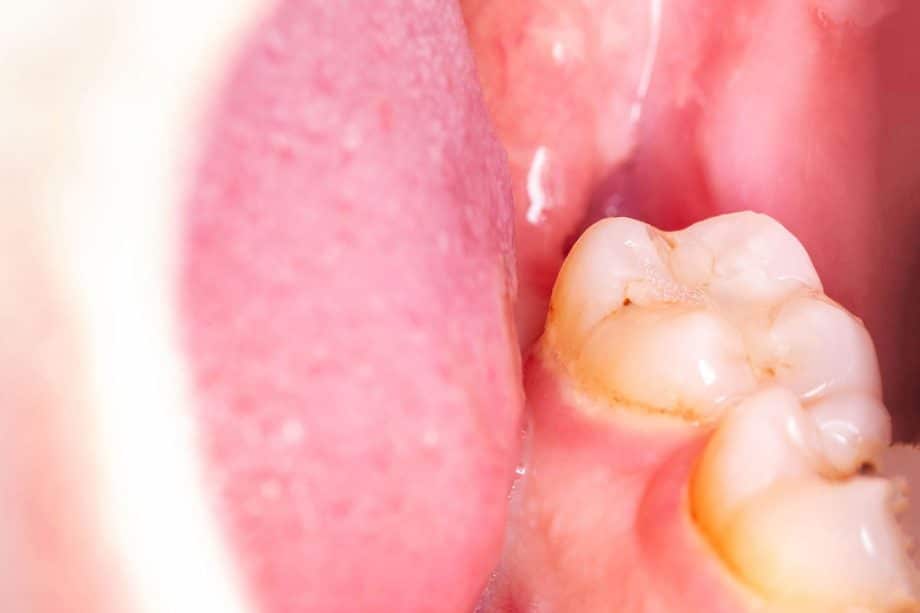Getting a tooth extracted is a relatively simple procedure in most cases. Recovery is usually smooth as well. However, there is a minor complication that can occur. Dry socket is a condition that can be uncomfortable and hinder the healing process after an extraction.
What is dry socket and what causes it? Here’s what you need to know.
The Tooth Extraction Procedure
During a tooth extraction procedure the area is numbed with local anesthesia. Then the tooth is gently loosened from the socket and removed. The gum tissue may require a few sutures to close the socket and stop bleeding. You’ll be instructed to bite down on some gauze, periodically replacing it with clean pieces until the bleeding stops completely and the gauze comes out clean.
Dry Socket Explained
Dry socket can occur at any point during the days following your tooth extraction. After the tooth is removed, a blood clot forms in the socket that covers and protects the jaw bone while the tissues heal. If this clot becomes dislodged, dissolves, or fails to form, the bone and nerves are exposed, which can be uncomfortable and increases the risk of infection.
Causes of Dry Socket
Dry socket after a tooth extraction may be caused by any of the following:
- Drinking from a straw. The sucking motion required to drink from a straw could dislodge the blood clot from the socket. Avoid using a straw for at least a week following a tooth extraction.
- Smoking. Smoking also requires a sucking motion that can dislodge the blood clot. It also hinders the healing process. Avoid smoking entirely.
- Lack of oral hygiene. Follow up care after a tooth extraction is important to prevent infection. Be sure to keep your remaining teeth clean and rinse the socket with salt water or a disinfectant solution if your dentist recommends it.
Symptoms of Dry Socket
The following symptoms often indicate dry socket:
- Pain. You will most likely feel pain in the area of the socket where your tooth was extracted. Dry socket exposes the nerves, which can make your mouth feel extremely tender.
- Bleeding. If bleeding resumes after previously stopping, it can be an indication that the blood clot has come loose.
- Bad breath. Dry socket often causes bad breath due to the bacteria that settles in the empty socket.
- Odd taste. You may also notice an odd taste in your mouth from dry socket due to the high levels of bacteria.
- Exposed bone. If you look at the empty socket where the tooth was removed you can often see the exposed bone.
Frequently Asked Questions About Tooth Extraction
How long does a tooth extraction take?
On average, the extraction of a single tooth will take about 30 minutes. It may take longer if the tooth is impacted (stuck under the gums).
What can I do to prevent dry socket?
If you have a tooth extracted, the best way to prevent dry socket is to follow your dentist’s instructions for after care. Avoid drinking from a straw, smoking, and sucking on lollipops or hard candy. Keep your mouth as clean as possible and eat a soft diet for the first few days following your procedure.
When to Seek Treatment for Dry Socket
If you think you may be experiencing dry socket, contact Golia Dental. We provide treatment for dry socket that can relieve your symptoms and promote healing of the tissues following a tooth extraction. Tooth extraction should be a simple process with fast healing, and we take the necessary steps to increase the chances of a smooth recovery.
To learn more, call 203-248-7400 or contact us today to schedule an appointment.

